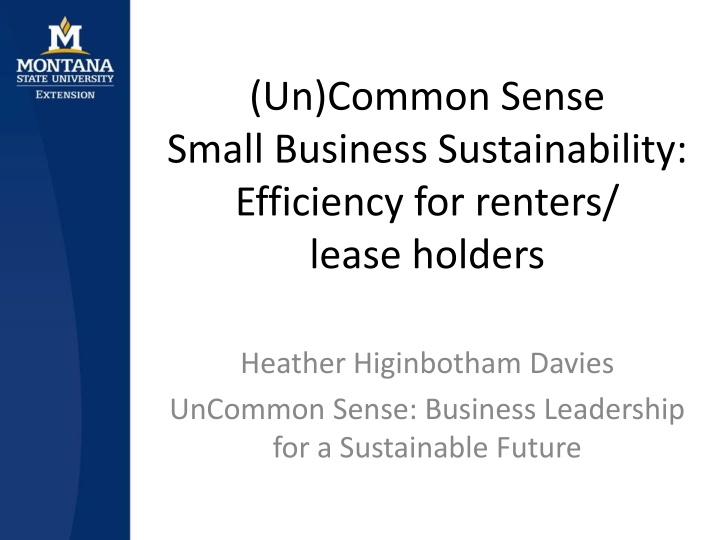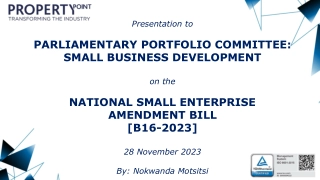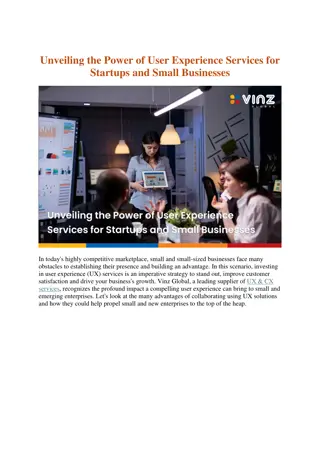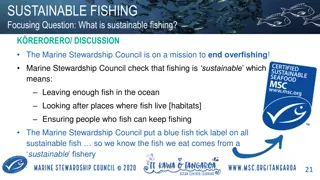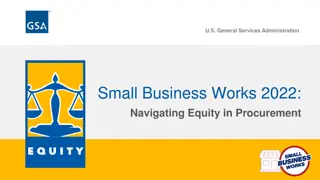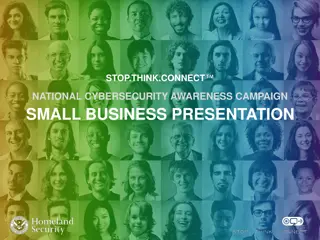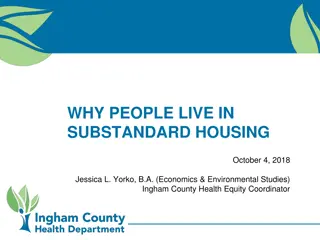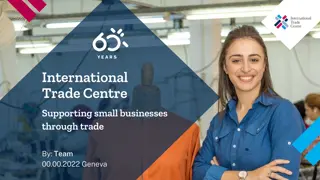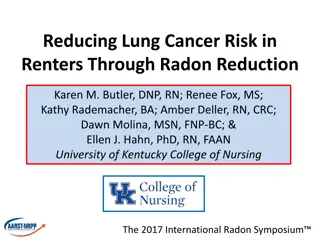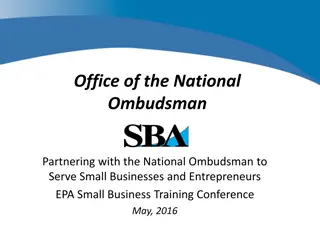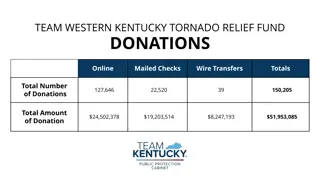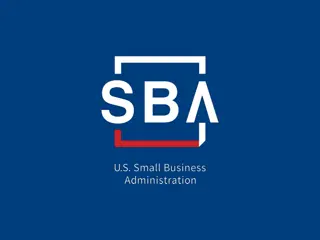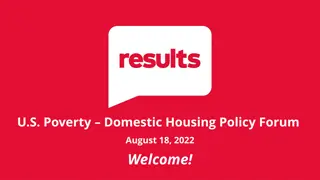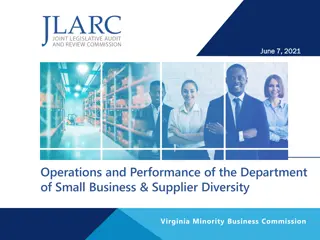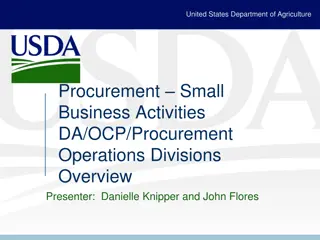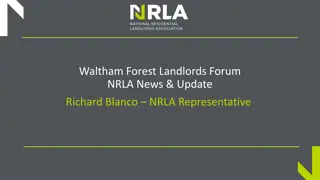Efficiency Tips for Renters: Sustainable Practices for Small Businesses
Learn how small business renters can improve efficiency and sustainability by optimizing building performance, engaging landlords, and implementing no/low-cost upgrades such as energy-saving behavior changes and efficient lighting. Enhance bottom lines, reduce utility bills, and create a healthier work environment with these practical strategies.
Download Presentation

Please find below an Image/Link to download the presentation.
The content on the website is provided AS IS for your information and personal use only. It may not be sold, licensed, or shared on other websites without obtaining consent from the author.If you encounter any issues during the download, it is possible that the publisher has removed the file from their server.
You are allowed to download the files provided on this website for personal or commercial use, subject to the condition that they are used lawfully. All files are the property of their respective owners.
The content on the website is provided AS IS for your information and personal use only. It may not be sold, licensed, or shared on other websites without obtaining consent from the author.
E N D
Presentation Transcript
(Un)Common Sense Small Business Sustainability: Efficiency for renters/ lease holders Heather Higinbotham Davies UnCommon Sense: Business Leadership for a Sustainable Future
Why Bother? Better building performance directly improves your bottom line Lowers utility bills Decreases environmental footprint Creates a healthier work environment Improves employee retention
Foundational questions: Do you pay your own utility bills? Is your landlord engaged/approachable? How long do you plan on staying in current location? What are your lease terms?
Efficiency First! Get a free energy audit from your utility Identify efficiency opportunities Prioritize based on upfront costs, savings, ROI, available rebates, ease of implementation
Engage your landlord Increases lease value of property Lowers risk Reduces maintenance costs
No/Low Cost Upgrades Behavior changes! Easy and free Turn off lights and equipment when not in use Set thermostat at 78 or higher in summer and 66 or lower in winter Don t heat or cool an empty building! Install a programmable thermostat Avoid using space heaters Close blinds in summer to keep out heat; open in winter for passive heat gain during the day and close to keep out cold at night
No/Low Cost Upgrades Switch most-used light fixtures to efficient LED lighting Use task lighting Install dimmer switches/motion sensors Power strips/phantom power Use energy/power management settings
No/Low Cost Upgrades Energy/water benchmarking Portfolio Manager Weatherization, air sealing Perform routine maintenance Turn down water heater to 120 Insulate hot water tank and pipes
No/Low Cost Upgrades Reduce outdoor water use Water between 4 a.m. 8 a.m. max 3 days/wk Fix water leaks Install aerators and low-flow fixtures Add mulch around trees/plants Water by hand and use a shutoff nozzle Plant drought tolerant, native plants to minimize water and fertilizer use
Moderate Cost Upgrades Purchase Energy Star equipment Add window film to block out solar heat gain or install insulating shades Replace old toilets with WaterSense labeled toilets Consider an Energy Star on-demand hot water heater
Investment-Level Upgrades Solar photovoltaic, solar thermal, other renewables Upgrade HVAC system to high efficiency unit Install additional insulation Install new high efficiency windows/doors Install EV charging stations
Resources Funding/resources module! Portfolio Manager: https://www.energystar.gov/buildings/facility-owners-and-managers/existing- buildings/use-portfolio-manager Energy Star: https://www.energystar.gov/ NREL Energy Savings for Small Businesses: https://www.nrel.gov/buildings/small-businesses.html American Council for an Energy Efficient Economy: https://aceee.org/ American Sustainable Business Council: https://www.asbcouncil.org/
Thank you! Heather Higinbotham Davies Heather.Higinbotham@gmail.com www.stopwastingstuff.com (406) 600-6617
